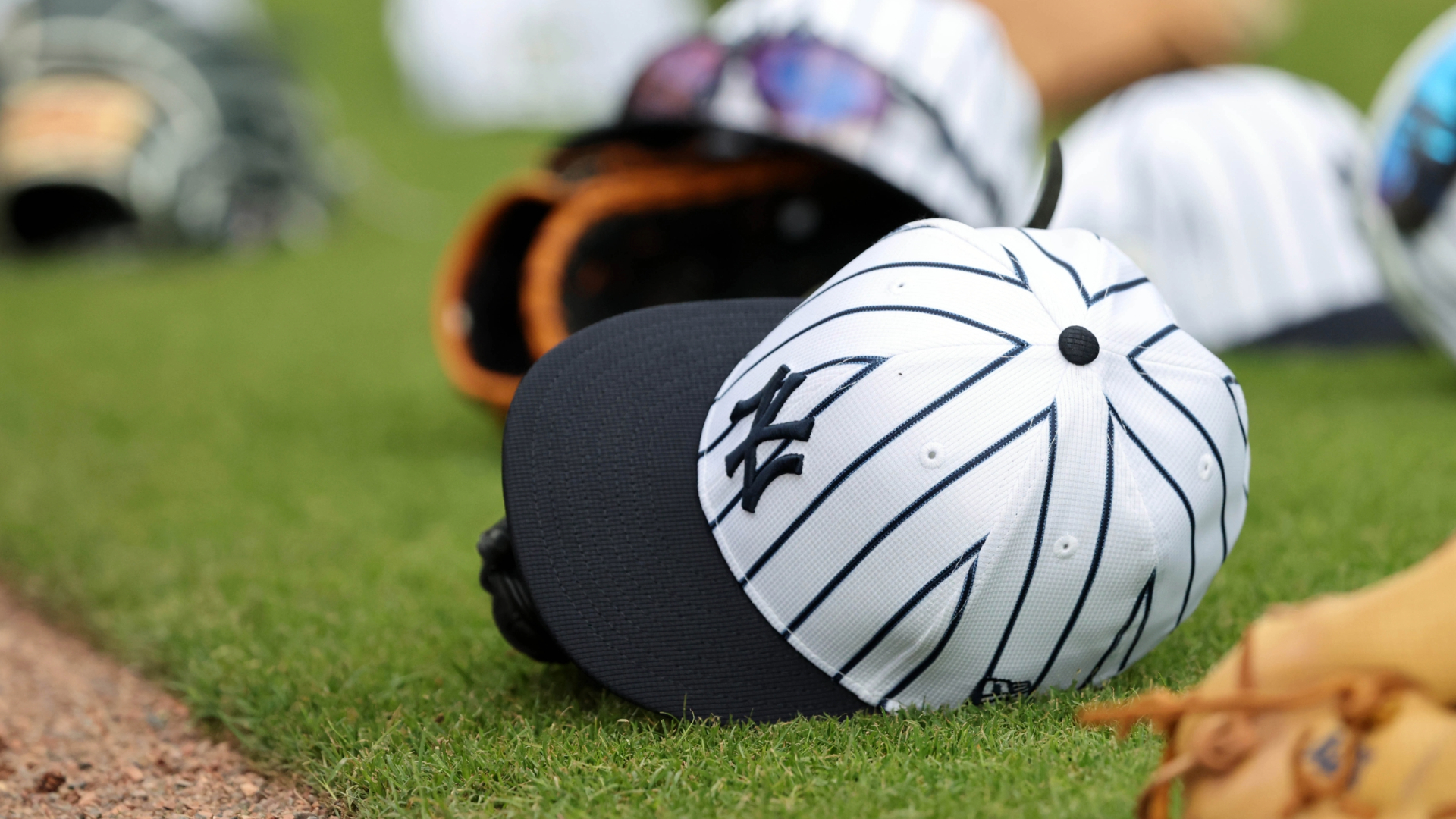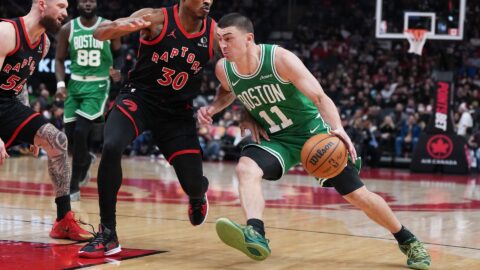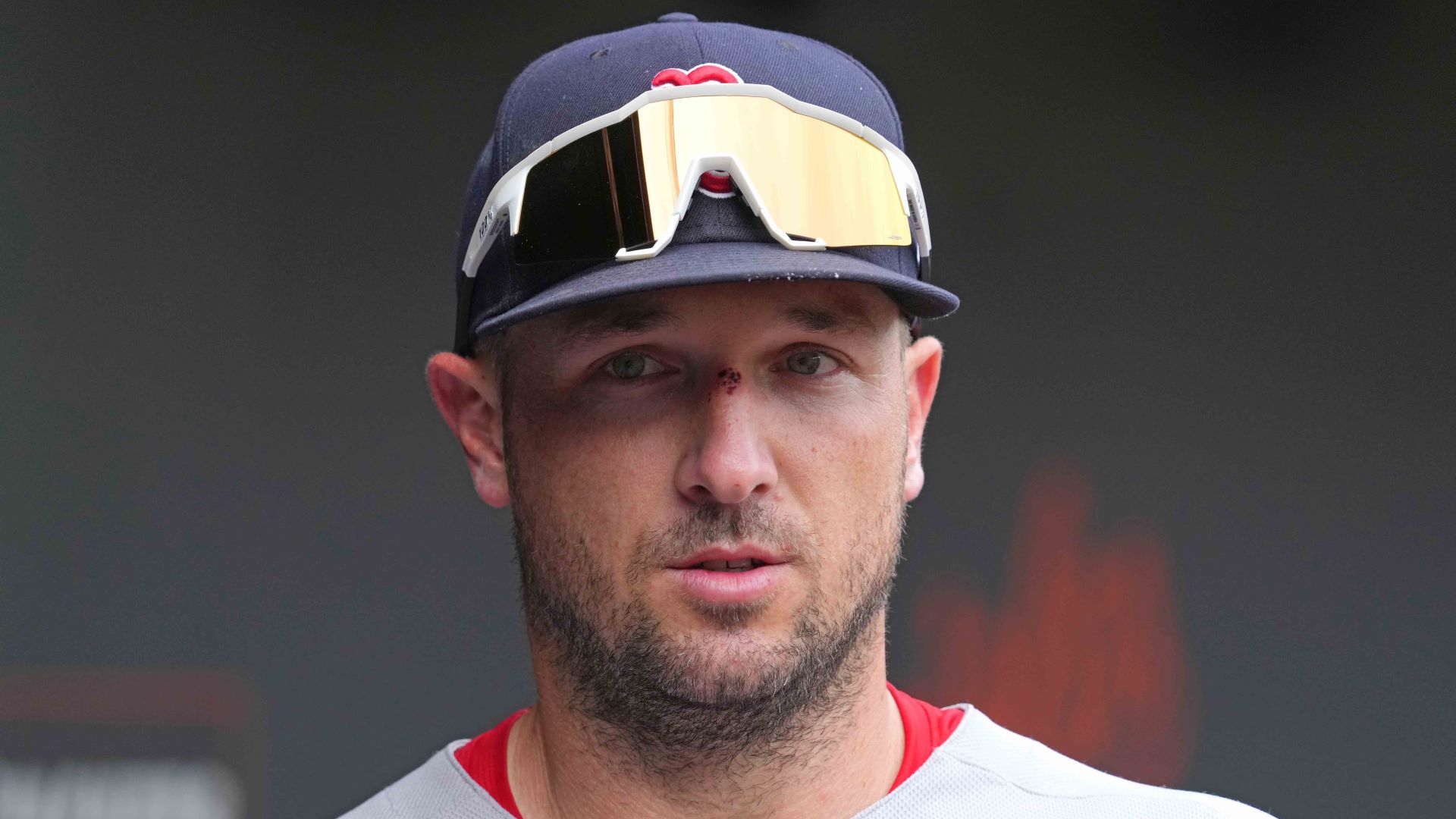 Editor’s note: Michael Narracci is the coordinating director of Red Sox broadcasts on NESN and has spent 14 seasons with the network. This is the fifth installment of his “Director’s Cut,” a behind-the-scenes look at NESN’s Red Sox game coverage.
Editor’s note: Michael Narracci is the coordinating director of Red Sox broadcasts on NESN and has spent 14 seasons with the network. This is the fifth installment of his “Director’s Cut,” a behind-the-scenes look at NESN’s Red Sox game coverage.
The remote production day typically starts much earlier than most think. A road-game set day for Red Sox baseball starts at 11 a.m. when the production team (producer Jim Daddona, graphics producer Kevin Cedergren and myself) meet in the lobby of the hotel to travel to the ballpark. The production day is very tightly choreographed, and there is little margin for error.
The schedule has been minimally adjusted over the past 10 years to optimize productivity. I like to tell people that the show doesn’t come together by magic, but by the comprehensive teamwork of a group of television professionals.
Below is a sample schedule for a 7 p.m. game.
11:15 a.m.: Production arrives at the ballpark and heads to the clubhouse to retrieve travel gear, which includes archival hard drives for replay and graphics, the scorebox, the transmission encoder and miscellaneous gear such as mic flags, computer printers and media guides.
11:30 a.m.: Audio arrives at the truck and begins their set-up. The A1 (mixer) and A2 (audio assist) are at the truck and receive a debriefing from the director of what the show requires from a hardware standpoint (such as how many microphones are needed and where). The A1 then will start running cables to the ballpark infrastructure and configuring the audio board to a state that makes sense for him or her. The A2 will head to the field and the booth and build the necessary microphones needed for the show. We typically use three headset microphones and two stick microphones in the booth, as well as a couple of intercom headsets so production can talk to the booth technicians. There also is a stage announce speaker that allows production to talk to the booth even if nobody is wearing headsets.
Noon: Our technical director and video operator arrive and are individually debriefed by the director. Video is instructed what cameras the truck will put out and what feeds it will take from the home show. NESN will put out six of its own cameras and sometimes take up to 12 feeds, including Pitch F/X. Camera 4, which shows each pitch live from center field, is a feed from the home show. Every feed requires some sort of cable, whether it be coax, triax, single mode fiber or SMPTE fiber, and the video operator connects all of this cable to the ballpark infrastructure. The technical director is given a comprehensive overview of the show. He or she is very important to the director, as he or she will push the buttons to make all of the special effects happen. The TD also will offer advice on where to put each camera operator for the show. The technical director operates a very complex piece of gear called a switcher, which has all of the video sources for the show in it. The TD will spend the next four hours programming the switcher and routing the production monitor wall for the show.
1 p.m.: Cameramen and graphics operator arrive. The director will give the cameramen an overview of the camera layout. This will include where cameras are located, how the announce booth will be laid out, where extra monitors and camera drops will be and a cursory explanation of the production schedule. The guys and gals then will pull all of the gear out from under the production truck (or in some instances out of the B-unit) and haul it into the ballpark on flatbed carts to the various locations that are being used. The quicker they get set up, the longer a meal break they get, so there is incentive for them to do this quickly (all other members of the crew give the camera guys a good ribbing about their three-hour lunches when everyone else gets one hour). We like to have them well-fed and well-rested for the show. While this is going on, our graphics producer is working with the graphics operator (the person who physically types the information into the Duet, our graphics machine). Kevin will explain how our graphics library is laid out and what the expectations are during the show. Kevin and the operator then will begin building all of the specialty graphics, open elements and promotional items.
1:30 p.m.: Tape operators arrive. Our producer, JD, will meet with the tape operators and explain our isolation patterns for the broadcast. Each operator records four sources and plays back two different outputs. The operators then will configure the replay machines (we call these machines “Elvis,” short for EVS, the manufacturer) and the monitoring in the tape room.
JD, Kevin and I monitor the progress of the crew during the day and try to gauge if we are on time or running behind. We also are doing research for the show, reading the previous night’s newspaper clips, answering emails, taking part in various conference calls and writing blogs.
3:15 p.m.: We perform a full fax — short for full facilities. This entails checking all camera functions such as pan, tilt, zoom and focus, verifying that the tally works (tally tells the operator he is on air), as well as making sure operators can hear the director and announcers. The tape room verifies with audio that “VT-A” shows up in the audio board as VT-A and that the Elvis are recording the proper configurations of audio. They also will confirm with the TD that “VT-A” shows up in the switcher as VT-A.
3:30 p.m.: Pre-production begins. At this time, we pre-produce all of our promos, billboards, lineups, etc. Baseball in itself is a very graphic-oriented sport, so by pre-producing a good portion of them, we are able to spread the graphics load to numerous platforms on the truck.
4 p.m.: Transmission check, where we check all audio and video sources with engineering back at NESN.
4:30 p.m.: Meal break. We dine in press dining at the park, which is open to accredited members of the media. It is a brief respite from a hectic day because nothing ever runs on schedule. This also gives us a chance to sit as a group (Don, Jerry, JD, Kevin and Mike) and discuss the evening’s show. The food usually is not very good, although there are exceptions around the league.
5:30 p.m.: Pre-production continues. We will finish up elements for the open or late addition promos.
6 p.m.: Pregame show begins, and we support it with live shots, as well as reporter hits from the field and booth.
6:40 p.m.: The open for the game broadcast is taped. We tape it so everyone can get a short breather before the game begins.
7 p.m.: We roll the pre-taped open, and the fun begins.



